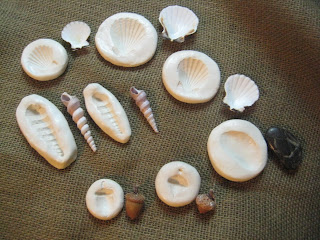This is an exciting time of year for a preschool teacher. We get to meet the new students in our class and greet the returning ones. We try to imagine which kids will pair up and will be surprised at the connection that end up forming beyond our expectations. I love hearing the kids talk about what they have done while they are away. They don't want to tell you about the common summer occurrences that we plan for them to have fun at: the zoo, the picnics and the swimming pool.
The most exciting things for them are the ones they are bursting to tell you. The take in a deep breath and then with wild hands and eyes they tell you almost slyly at first to see how you react.
" I jumped my bike off my brother's ramp!"
" I climbed soooo high in our tree that Mom was scared."
" I swam in the deep end of the pool all by myself"

Instead of chiding them that it's dangerous to do that, I always ask "How did you feel when you did that?"
Sometimes they admit that they were scared, or that it made them smile, or that know they know they can go higher or faster than then thought. During these summer catch-ups I'm reminded about the six types of risky play.
|
Categories
|
Risk
|
Sub-Categories
|
Great Heights
|
Danger of injury from falling
|
Climbing
Jumping from still or flexible surfaces
Balancing on high objects
Hanging/swinging at great heights
|
High Speed
|
Uncontrolled speed and pace that can lead to collision with
something(someone)
|
Swinging at high speed
Sliding and sledding at high speed
Running uncontrollably at high speed
Skating and skiing at high speed
|
Dangerous Tools
|
Can lead to injuries and wounds
|
Cutting tools:Knives, saws, axes
Strangling tools: Ropes, etc.
|
Dangerous Elements
|
Where children can fall into or from something
|
Cliffs
Deep or icy water
Fire pits
|
Rough-&-Tumble
|
Where children can harm each other
|
Wrestling
Fencing with sticks, etc.
Play fighting
|
Disappearing/Get Lost
|
Where the children can disappear from the supervision of
adults, get lost or alone
|
Go exploring alone
Playing alone in unfamiliar environments
|
Sandseter, E.B.H., and L.E.O. Kennair. "Children's Risky Play from an Evolutionary Perspective:The Anti-Phobic Effects of Thrilling Experiences." Evolutionary Psychology 9.2(2011):257-84 Web 6Sept 2011.
These kids are testing their limits and most likely would not have been given those opportunities if they were at school. It's always a fine line between letting kids engage in these critical areas of development and keeping parents and administration happy.
I take a look at our current play scape throughout the year and question how can we allow the kids to feel like they are away from adult eyes with teachers still able to make sure everything is okay.
I know as the year progresses the kids will gain more confidence in their abilities and begin seeking out new types of risky play. I hope I can create an environment for them that allows them to go home to their families, take a deep breath and then surprise them with a story of their strength and tenacity that will elicit the response "Weren't you scared?".







